It was a warm afternoon in Rosebud, an outer suburb of Melbourne, Victoria, on the 29th of June, 1991. This afternoon, 6-year-old Sheree Beasley was sent to the nearby milk bar by her mother to pick up some groceries. She hopped on her bicycle and made it safely to the milk bar and purchased the groceries. However, Sheree never made it home…
Sheree was a grade-one pupil at Rosebud Primary School and lived on South Road. According to her mother, Kerrie Greenhill, she was a very talkative and lively little girl; she said that she was her first born and was very special to her. While Sheree was exceptionally friendly, she still knew of stranger danger and would never speak to somebody that she didn’t know. In fact, Kerri had always told Sheree if a stranger approached her, to run to the nearest house for help.
That afternoon, Kerri handed Sheree money to pick up a litre of milk, a bottle of lemonade, meat pies and some cigarettes. She also handed her 50 cents to buy herself some sweets. As she left the home that afternoon, Sheree called out to her mother: “I’ll be back in a couple of minutes, mum. I love you.” Unbeknownst to Kerri, this was the last time she would ever speak to her daughter.
Around an hour after Sheree left the milk bar with the groceries, the alarm was raised. A local resident discovered Sheree’s abandoned bicycle and groceries in the middle of Parkmore Avenue, a dirt road located just off the Nepean Highway, around 100 metres away from the milk bar. The man who found the bicycle placed it against a nearby tree and moments later, another local woman spotted the bicycle. This woman knew Sheree and her family and recognized it immediately as Sheree’s bicycle. The woman contacted Sheree’s other, Kerri Greenhill, who in turn called police to report her daughter missing.1
Investigators would launch an extensive and exhaustive air and ground search for Sheree, mobilizing all available resources including sniffer dogs, state emergency services and country fire authority crews. They stopped motorists on the Nepean Highway and near the crime scene and handed them photographs of Sheree and asking them if they had seen her. In addition, over 100 volunteers assisted in the search for Sheree. They trudged through the surrounding woodland and combed the shoreline. However, the search turned up no evidence. It was if Sheree had vanished into thin air. Investigators wasted no time in announcing that they were extremely concerned for Sheree’s safety.2
The following day, Sheree’s mother, Kerri, made a tearful plea on national television for her safe return. She said: “If someone has got her, bring her home – she has been through enough trauma. She lost her little brother last year from cot death. Please bring her home. We love her too much. Don’t hurt her, she’s only six.” Kerri also revealed that around two months earlier, somebody had attempted to abduct Sheree. She said that Sheree had been taken to school by a taxi one morning and on her way home, a man approached her as she cycled home alone. Kerri said that following the terrifying ordeal, Sheree hadn’t been allowed to cycle home alone for a while.
Meanwhile, investigators continued to hand out missing child flyers with Sheree’s face emblazoned on the front. The flyers described Sheree as 100 cm tall with long, mousy hair. They also displayed a mannequin wearing clothing matching those worn by Sheree at the time she vanished, hoping that it would re-jog a potential witness’s memory. She had been wearing a purple tracksuit and black shoes.
They would look into whether Sheree’s disappearance was related to the abductions of three schoolgirls in Melbourne over the past three years. Those three victims were Karmein Chan, Nicola Lynas and Sharon Wills. A police source stated: “If Sheree has been snatched, and that appears to be the most likely scenario, then we are dealing with someone who preys on very young children and someone who is prepared to strike in broad daylight.” They said that the modus operandi between Sheree’s potential abduction and the abduction of the three other girls varied substantially.
The disappearance of Sheree struck fear into the parents of Rosebud and terrified local children. It seemed quite obvious that Sheree’s disappearance was being considered an abduction. Investigators would set up an information caravan at the scene where Sheree’s bicycle was found while parents of students at Rosebud Primary School were offered counselling for themselves and their children.
On the third day of the search for Sheree, 20 detectives were seconded from the major crime squad, the rape squad and the Nepean district to form an unofficial task force to investigate her disappearance. Joan Kirmer, the Premier, said that the apparent abduction showed that the community attitude towards children needed to change. She stated: “I was able to send my children to the corner of the street to pick up bread or milk and we just can’t tolerate a society where that is not possible. It doesn’t matter what penalties you have or what police protection: unless you can change people’s attitudes to what is sacred about kids and life, then we’re not going to change.”
Kerri once again made a public plea, asking people with holiday homes in the Mornington Peninsula area to please search their homes. She said that Sheree’s two younger sisters were desperately missing their sister and wanted nothing more than her to return home. She said: “How long can you hold a little girl, wherever she may be? You can’t hold her forever. Just let her go.” With her statement, she also released a photograph of Sheree in which she was wearing the same purple tracksuit she was wearing when she vanished.3
Finally, the first lead in the case came on the 6th of January when a young boy informed investigators that he had seen Sheree being forced into a small blue car by a man. He said that Sheree tried to fight the man off but to no avail. The car then sped down Parkmore Avenue and turned left into Nepean Highway towards Rosebud.
They announced that the boy was alone when he allegedly saw the kidnapping and was the only witness to come forward thus far. However, they said that other locals had reported seeing a suspicious blue car in the area. The car was believed to be a Japanese style sedan, royal or navy blue in colour. They said that the boy had given a description of the abductor but they wouldn’t be publicly releasing it due to the fact that children tend to have a different perspective on height, weight and age and they didn’t want to give out any information would could be incorrect and hamper the investigation.
This new lead only concreted the theory that Sheree had been abducted. Investigators next turned their attention on local sex offenders. They started to work through a list of more than 50 known paedophiles and sex offenders living on the Mornington Peninsula. They speculated that the abductor of Sheree could potentially be on that list.
The following month, a witness came forward with what investigators referred to as their “biggest breakthrough” in the disappearance to date. A woman had contacted investigators and informed them that she had seen Sheree and her abductor in a small blue car travelling west along the Nepean Highway just minutes after Sheree was abducted. She said that she had been standing on the footpath near Chinamans Creek which was around four kilometres from the scene of the abduction, when she spotted the car driving past. She described how she spotted Sheree sitting on the front passenger seat, wearing a pink bicycle helmet. She also said that she was crying. She described the driver as a man aged between 25 and 40-years-old and clean shaven.
Following her revelation, investigators announced that they would be resuming their search for Sheree and would be releasing a photo-fit of the suspect. Many people were left questioning why it took the woman so long to come forward with this information. Detective Inspector Laurie Ratz, who was the head of the taskforce investigating the case, said that the woman only noticed the significance of what she had seen after reading an updated story in the Sunday Herald Sun, which had corrected a mistake they had published saying that Sheree’s helmet had been found at the crime scene.
According to Detective Inspector Ratz, the original report from the Sunday Herald Sun had seriously hampered the investigation, stating: “The witness we spoke to yesterday originally read that the stack hat had been found at the scene, but had seen the girl in the car wearing the stack and thought that it must have been unrelated. It would be revealed that this woman’s witness testimony corroborated witness testimony of the little boy who had informed investigators that he had seen Sheree being dragged into a small blue car.
Investigators would subsequently release a sketch of the car that was used in the abduction. They were unable to determine what make and model of car it was, there were able to ascertain its shape and size. They said it was similar to a Toyota corolla hatchback, a barina, a charade or a nova but they weren’t sure which. They also drew up a long list of people living in the area who owned small blue cars similar to the one described by the two witnesses. People who owned similar cars were urged to make themselves known to investigators and to come in for an interview so that they could be eliminated.
By September, the tips and leads in the case had essentially dwindled to nothing. The task force was still active and in the beginning of the month, they renewed their appeal to the public for information in the case. They announced that they believed that the abduction was a random, opportunistic crime as opposed to a targeted one. A $100,000 reward was offered by the State Government while CrimeStoppers offered a $1,000 reward.4
Towards the end of the month, there was a crushing update in the case when it was announced that a decomposed body was discovered by two horse riders in a drain at Red Hill in Victoria, around 10km from where Sheree disappeared. The body was clothed in only a T-shirt and a singlet. Investigators stated that the body had obviously been disturbed by animals and could have been there for several months. They additionally said that there was a public assumption that the body was that of Sheree but they could not make a positive identification until an autopsy was performed. They did, however, state that clothing found at the crime scene resembled clothing that Sheree had been wearing on the day of her disappearance.5
Early next month, the body had still not been identified. The body was in such an advanced state of decomposition that it made identification extremely difficult. Forensic scientists decided to use a controversial method of genetic profiling known as the Polymerase Chain Reaction wherein DNA was tested from muscle tissue taken from the body. The genetic profile would then be compared with blood taken from Kerri, Sheree’s mother, as well as from Shane Beasley, who was potentially Sheree’s father. Sadly, Shane died from a drug overdose while in police custody the year beforehand and doubts were raised that he was actually her father. The year before Sheree vanished, two men filed paternity suits claiming they were her father. The DNA method they were using was going to be the first time in Victoria that such a method was used.
While the body still hadn’t been positively identified, it was widely accepted that the body was that of Sheree. From the size of the body, it was evident that it was a child. Moreover, clothing found at the scene matched clothing Sheree was wearing when she vanished.
Just the day after the discovery, investigators announced that they were moving closer to an arrest of a suspect. Sergeant Geoff Alway described the case as “one of the most callous crimes ever seen in this state” and said that in addition to identifying the body, the medical examiner was also trying to determine her cause of death and whether she had been sexually assaulted. Sheree’s family accepted that the body was likely Sheree almost as soon as she was found. Kerri stated that she believed somebody must know something, stating: “It’s not going to bring Sheree back, but he’s got to suffer.” On top of that heartache, Kerri had just given birth to a baby girl.
Meanwhile, the crime scene was being extensively investigated and searched. Sheree’s helmet was still missing and more than 30 officers conducted a search of a 300 metre area around where her body was found, looking in and around the foliage for any kind of clues which could lead to her killer. The foot search was unfruitful in finding any more evidence so the following day, it was announced that mounted police would be combing the bushland. The area was surrounded by thick scrub which was inaccessible on foot.6
In mid-October, investigators finally confirmed that the body had been identified as Sheree. Due to advanced decomposition, a cause of death could not be determined. Just days later, Sheree was laid to rest. Mourners packed into Our Lady of Fatima Catholic Church in Rosebud to pay their final respects to the 6-year-old girl. Afterwards, she was buried in the Mornington Cemetery.7
Eventually, the tips began to dwindle and by February of 1992, the task force set up to investigate Sheree’s murder was scaled down. As the weeks turned to months, it looked less and less likely that there would be a resolution to the case. Sheree’s family tried to carry on as best as they could but there a child-sized hole in all of their hearts. Kerri married her long-term boyfriend, Stephen Ludlow, in a quiet garden ceremony. They moved away from Rosebud because the memories of what had happened to Sheree were far too raw.
There was no update in the case or the investigation until the end of May 1993 when it was announced that a man was expected to be charged with Sheree’s murder. While the task force had been scaled down, the murder case was still being investigated. Just the following day, 56-year-old Robert Arthur Selby Lowe was charged with Sheree’s murder, two counts of kidnapping and one count of false imprisonment. Robert was a married father of two, a former salesman and a church elder.
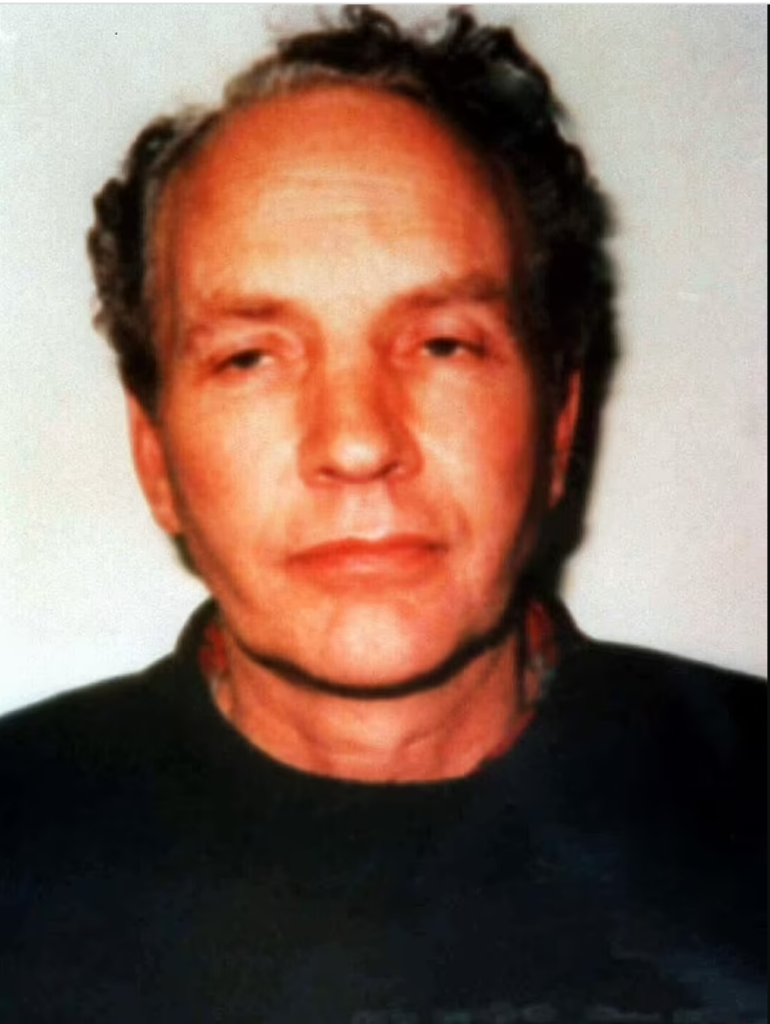
He appeared before the Chief Magistrate, Mrs Sally Brown, where his defence attorney, Peter Ward, said that his client would be vigorously defending each of the charges. He also said that he was worried for his client’s safety in custody and asked if he could be placed in protective custody as soon as possible. Prosecutor Mick Berkley informed defence Ward that special arrangements had already been made to which Kerri, who was in the court room, stood up and objected. She stated: “He should be allowed to be with the other prisoners. He killed my child!”8
In November of that year, a committal hearing was held to determine whether Robert would stand trial. During the hearing, the little boy who had witnessed the abduction testified. He said he was riding his bicycle when he saw Sheree, who was his classmate, at the milk bar. He said Sheree had just come out of the store when a man in a car pulled up and told her to stop. He said that Sheree didn’t want to get into the car so the man took her off her bicycle and put her in his car. He said he rode home and said to his stepfather: “Sheree’s got kidnapped.”9
His testimony was followed by testimony from Dannielle French-Marx who said that she was playing on the sidewalk beside the Nepean Highway when she saw a girl in a blue car wearing a pink helmet. She said that she girl looked like she was kneeling with her face close to the glass. She testified: “Her face was screwed up and she seemed to scream something at me.” The girl’s mother, Sue Marx, said that her daughter pointed the girl out and when she looked towards the girl, she said she looked terrified and appeared to be trying to get her attention. Sue said: “I will never forget the look on the child’s face; it was either fear, panic or anger. I remember her face was white and she was definitely trying to attract our attention.”
Sultan Dogan, who was driving on the highway would testify next. She said she saw a visibly distressed little girl wearing a bike helmet inside a blue car. She said she thought it was strange that the man who was driving the car was staring straight ahead, just ignoring the little girl’s distress. When she got home, she told her fiancée who told her that Sheree’s helmet had been found at the scene where her bicycle was found so she assumed that the little girl in the car must not have been Sheree.
Also testifying during the committal hearing was Lorraine Lowe, Robert’s estranged wife. She said that on the night of Sheree’s abduction, he washed his own clothes for the first time in their 19 years of marriage and vacuumed his car the day afterwards. When she was first questioned about Robert’s whereabouts, she had said he was at home with her. However, she later realised that he had dropped one of their two sons off at tennis, attended a breakfast prayer meeting and then was absent for the majority of the day.10
She said that he was obsessed with the abduction of Karmein Chan as well as the Lindy Chamberlain case. He had kept newspaper clippings on the 1993 abduction of Karmein and would bring it up almost weekly. She further told the court room how Robert always talked negatively about the police and accused them of always going after good church going people. When Robert was brought in for questioning, Lorraine said that he was crying and kept telling her that he was sorry. She stated: “I could not understand what he was sorry for.” She said he claimed to be innocent and that he had absolutely nothing to do with Sheree’s murder.
On the 18th of November, the committal hearing was adjourned until the 16th of December. Melbourne Magistrate Wendy Wilmoth would bound Robert over for trial on one charge of murder, two counts of kidnapping and one count of assault with false imprisonment. Robert pleaded not guilty to all of the charges. Prosecutor Geoffrey Flatman said that there was overwhelming circumstantial evidence against Robert and that one of the horrors of the crime was that it was likely to have been committed by somebody who enjoyed the mystery and notoriety that was attached to it.
He said he believed that Robert was fascinated and obsessed with child abduction cases. He revealed that when questioned, Robert had repeatedly lied to police, giving different versions of events as to what happened and where he was when Sheree was vanished. He had claimed he didn’t know the area or the milk bar where Sheree had been. However, Robert was a well-known face in the milk bar. He also revealed that Robert’s holiday home was located close to where Sheree had vanished and Robert had visited it alone the day before she disappeared. The trial was scheduled for October, 1994.
During opening statements, Prosecutor Paul Coghlan said that Robert told investigators a complicated series of lies. He said that Robert initially told investigators he was not in the Rosebud area when Sheree vanished but later conceded he was in the area at the time. He said that Robert then gave more complicated lies wherein he provided a version of events which he hoped would be consistent with his involvement in a potential abduction or even manslaughter but not murder. He stated: “That is how the matter develops. First of all, I wasn’t there, but if I was there, I wasn’t there at the relevant time and if I was there at the relevant time and I did it, it wasn’t murder.” Prosecutor Coghlan also revealed that in May of 1993, Robert was secretly tape-recorded when he told a Pentridge prisoner that he had hidden Sheree’s body in a drain.11
This prisoner was Peter Reid, who had been with Robert under the pretext of helping with his defence, which did not assert total innocence. The defence was that Robert had abducted Sheree but had not murdered her. The tape-recording was played out during trial and Robert can be heard saying how Sheree’s lips turned blue and he could find no pulse after she had a coughing fit in his car. He said that he panicked when he pulled up on the side of the road, said a prayer and then put Sheree’s body in the drain. Robert can be heard saying that he carried Sheree very gently and tried to see if she would fit in the drain but it was tight. In another version, Robert had claimed to pick Sheree up after seeing her argue with a young boy and he had apparently told this version to a psychotherapist that he was seeing.
A recording of the interview between Robert and investigators. He claimed that he was at home on the 29th of June, 1991, when he heard about Sheree going missing on the 6PM news. When asked if he could remember what was on the television, he replied: “No, I don’t. No. No. I don’t. I was just sort of shocked.” When shown a photograph of Sheree, Robert denies that he has ever seen her before and denies that he ever had a child in his blue Toyota. He said that he wasn’t aware of anybody that had borrowed his car.
Detective Senior Constable Andrew Gustke testified that he had strange feelings about Robert from the first conversation he had with him. He said that during a telephone conversation, he had asked Robert where he was the day Sheree vanished and he immediately replied: “I was at home with my wife and two kids.” This struck the detective as odd, stating: “It was always a slow process to get people to jog their memory as to where they were two or three weeks ago.”12
Forensic pathologist, Dr. Stephen Cordner, would testify next. He stated that he had never seen a case in which a person died solely from stress or fright. He said that he would expect to find that if somebody died from stress or fright, they would have had some kind of abnormality that predisposed a fatal outcome, for example, epilepsy, asthma or a heart condition. When asked by defence attorney Boris Kayser if it was possible for Sheree to have died from a heart attack as the result of stress, he said it was not a possibility worth considering unless Sheree had some kind of underlying disease. According to Kerri, Sheree had been a healthy young girl with no issues or conditions.13
Robert’s estranged wife, Lorraine, testified once again. She told the jury that when police came to their door to take Robert away, he had tears in his eyes as he apologised to their two sons. She said that he was visibly upset but when he returned mid-afternoon, he appeared to be quite pleased with himself. She also revealed that when she spoke with investigators, she had given them a list of places in the general Rosebud area where she and Robert had collected pinecones in January of that year. One of the places she pointed out was where Sheree’s body was found. Once again, she reiterated that Robert wasn’t home on the day Sheree vanished. When asked by Prosecutor Coghlan if she had found out where Robert was, she replied: “No, he wasn’t prepared to discuss it very much.”14
During trial, secretly tape-recorded sessions between Robert and his psychotherapist, Margaret Hobbs, was played out for the jury. They revealed that Robert had considered pleading guilty to manslaughter to save his marriage to Lorraine. As it turned out, Robert had been on investigators’ radar very early on in the case and these sessions were recorded secretly by investigators in November of 1991. They revealed that Lorraine had said to Robert that she wanted him to tell the truth.15
Dr. Hobbs said to Robert that if he went to police, Lorraine would take him back. Robert questioned: “But how many years?” to which Dr. Hobbs replied: “Eight, with probably a four year minimum.” On the recording, he said in regards to Lorraine: “I’m in love with her, Margaret, that’s the point.” He claimed he wasn’t involved but was considering pleading guilty to manslaughter to save his marriage. However, at another point, he said that if he did kill Sheree, he would have probably blocked it out of his mind, adding that he had almost a block when he tried to remember events from the day Sheree vanished but he knew that he had not done it.16
In a recording from March 1992, he said to Dr. Hobbs: “It is not necessarily purposely a block. It is two things. One is if I’ve done it, I’d probably want to block it out of my mind, but the second thing is from a Christian point of view, that is supposed to be how I should behave. I know I did not do it. I know that… Absolutely, absolutely. If there’s one thing in the world, I know I did not do it.” Initially, Robert had told Dr. Hobbs he was not involved in Sheree’s abduction and murder before later saying: “Literally, if you want me to tell you the truth, I can tell you I was involved. Yes, I could tell you I was involved and we could work along that line.”
In a session from April of 1992, Robert gave the doctor an account in which he asked Sheree if she wanted a ride and helped put her seat belt on once she got inside his car. He said she became worried and started coughing and spluttering and he panicked when she fell silent. He realised she wasn’t breathing and then hid her body in the drain before driving back home. In that same recording, he said that he had said a prayer as he stuffed Sheree’s body into the drain, saying: “Forgive me Lord for the terrible things I have done and I’ll speak to you later about it, Lord, or something. Perhaps not.” Dr. Hobbs would later say that it was almost like he was attempting to give Sheree a Christian burial.
The most distressing testimony during the trial came from Peter Reid, who was incarcerated with Robert. He told the jury how Robert had told him that he had abducted Sheree and that she choked while he was forcing her to do what he described as “dirty acts.”
According to Peter, Robert said: “From terrifying fear and the act she was forced to do, she choked to death.” He also said that Robert had made a statement about cleaning blood from the passenger’s seat on his car and when asked where the blood had come from, Robert said that Sheree had vomited it up when she was choking. Robert had also allegedly told Peter that he had first noticed Sheree the weekend before her abduction when he had gone to a Rosebud holiday unit to deliver a refrigerator. He had seen her again on the Monday and followed her home to see where she lived. Apparently, Robert also told Peter that Sheree had begged to go home, pleading: “Take me home to mummy. I want my mummy.”
Following all of the evidence, the jury were sent away to deliberate. It took them just four and a half hours to return with a verdict. They found Robert Lowe guilty of the abduction and murder of Sheree Beasley. As the verdict was read out, Kerri shouted: “Suffer Lowe. Sheree got her revenge this time. Rot in hell.” Others in attendance clapped and cheered. Outside of court, she said that she had been through hell and back and that while they were pleased with the verdict, it didn’t bring Sheree back, adding that Robert had shown no remorse for what he had done. Stephen said: “Let’s hope that Mr. Lowe just thinks about it every day of his life for what he’s done to my daughter. I wish I had a chance to give her a kiss goodbye as she walked out that door.”17
The following week, Robert was back in court to be sentenced for the crime. Justice Phillip Cummins fought back tears as he sentenced Robert to life in prison without the possibility of parole. He could have given him a minimum term on the life sentence but refused, stating: “What you did was every child’s fear and every parent’s nightmare.” He said he believed that Robert was sexually motivated and was fuelled by his interest in child abductions.18
Following the verdict, Margaret Hobbs, the psychotherapist, spoke about her involvement in the case. She said that as soon as she heard on the radio that a little girl had been abducted in Rosebud, she knew that it was Robert. She had first spoken with Robert back in 1984. He had been referred to her by his lawyers after he had been charged with exposing himself to young girls in Glen Waverley shopping centre. She said that he had been undergoing therapy for exhibitionism. He told Dr. Hobbs that he was obsessed with exposing himself to young girls and placing pornography where they were likely to see it. She stated: “He was the complete Jeckyll and Hyde character. I knew the bad one, the Mr. Hyde bit, that was hidden from his wife, family an friends.”19
As it turned out, Robert had a long history of sex offenses which spanned three decades. Despite this, he was able to dodge a number of these convictions. As Dr. Hobbs said, he was a skilled and habitual liar who could run things around police. In 1985, Robert’s bond was expired in that earlier case but he continued to see Dr. Hobbs. Then in 1990, he complained to her that police had spoken to his employer after he was questioned about approaching a girl in Yarraville. She said that this set alarm bells ringing because it showed that he was now accosting young girls instead of flashing them from a distance. Over the next couple of years, Robert continued to expose himself to young girls, approach them and say something sexual and he was charged with several sexual offences.
At one point, Robert went to Dr. Hobbs with Lorraine who at one point demanded of Robert: “Why don’t you just stop?” to which he replied: “Because it gives me too much pleasure.” Around six months before Sheree was abducted, Dr. Hobbs wrote a court report about Robert but police only fined him $750. After Robert became a suspect, investigators spoke with Dr. Hobbs and placed intercepts in her room without her knowledge, capturing all of the damning audio that was presented during trial. When Dr. Hobbs was informed of the recordings, she did everything in her power to assist in the case, booking more and more meetings with Robert. For Dr. Hobbs, she had to decide what she was committed, justice for a little girl or the confidentiality she offered her clients. It was an easy decision.
Over the forthcoming years, Robert appealed his convictions several times, claiming that he was innocent. There would be rumours that he was involved in the murders of Denise McGregor and Kylie Maybury but in 2001, his DNA was collected and he was ruled out of both murders. In 2010, it was uncovered that Robert had been running a sex ring from inside prison. He had recruited a gang of people to smuggle child pornography into the prison.20
Robert Arthur Selby Lowe wove himself around a tangled web which eventually captured him. He became so mixed up in his own lies that eventually, he found himself telling some semblance of truth, sealing his fate. As Scottish poet, Sir Walter Scott, once said: “What a tangled web we weave when first we practice to deceive.” For decades, he had concealed his true identity behind a façade of normalcy, but eventually that façade slipped and he showed himself to be the true monster that he really was.
Footnotes:
- The Sydney Morning Herald, 19 July, 1991 – “Sighting Reopens Search for Sheree”
- The Age, 3 July, 1991 – “Taskforce to Join Child Hunt”
- The Age, 6 July, 1991 – “Search Holiday Homes, Mother Pleads”
- The Age, 2 September, 1991 – “Police Renew Appeal over Rosebud Kidnapping”
- The Sydney Morning Herald, 28 September, 1991 – “Body Found in Drain May be Missing Girl”
- The Sydney Morning Herald, 30 September, 1991 – “Bush Hunt Clues to Sheree’s Murder”
- The Age, 19 October, 1991 – “Beasley Funeral”
- The Age, 1 April, 1993 – “Man Charged with Murder of Sheree”
- The Age, 21 July, 1991 – “Search for Car”
- The Sunday Age, 18 November, 1993 – “Suspect Washed Clothes, Court Told”
- The Age, 29 October, 1994 – “Prisoner Taped Sheree Accused”
- The Age, 5 November, 1994 – “Accused Shocked at Sheree News Report”
- The Sunday Age, 8 November, 1994 – “Fright Alone Unlikely to Kill”
- The Sunday Age, 11 November, 1994 – “Man Apologised to Sons After Police Arrived”
- The Sunday Age, 17 November, 1994 – “Court Hears Tape on Sheree Plea”
- The Age, 18 November, 1994 – “Sheree Jury Told of Block on Killing”
- The Age, 1 December, 1994 – “Lowe Guilty of Murder”
- The Age, 3 December, 1994 – “Life Means Life”
- The Sunday Age, 19 November, 1994 – “Sheree – Man Asked for Forgiveness”
- Herald Sun, 6 December, 2010 – “Killer’s Jail Sex Ring”
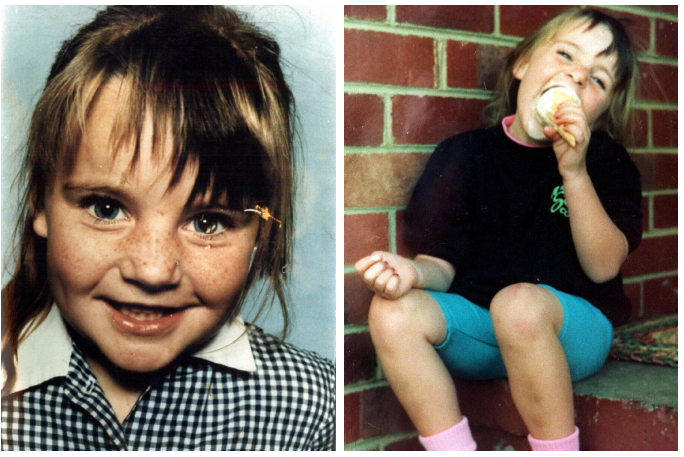
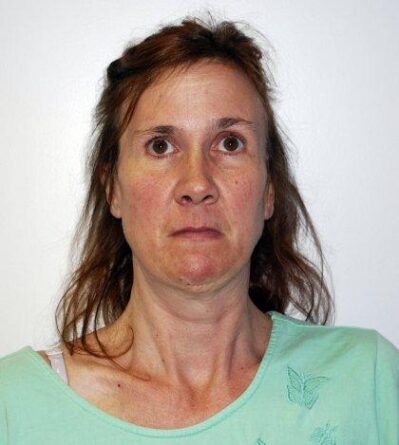
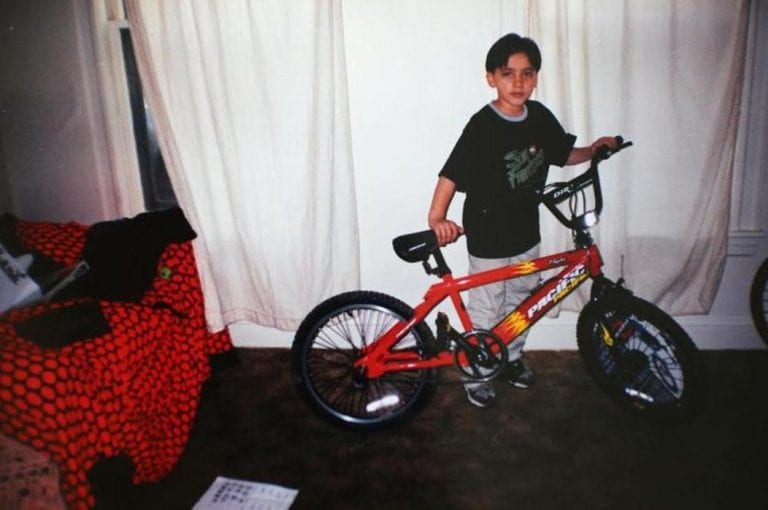
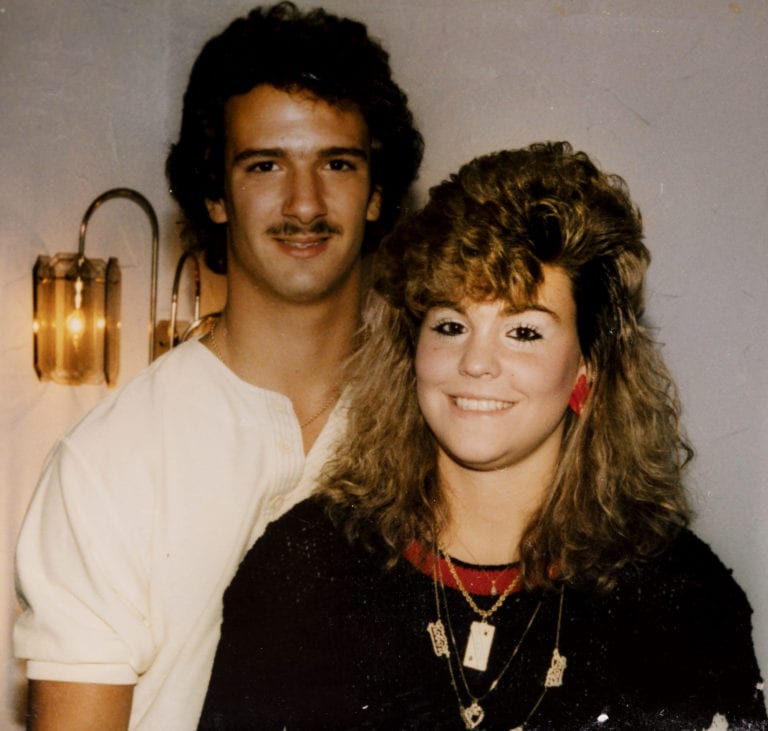
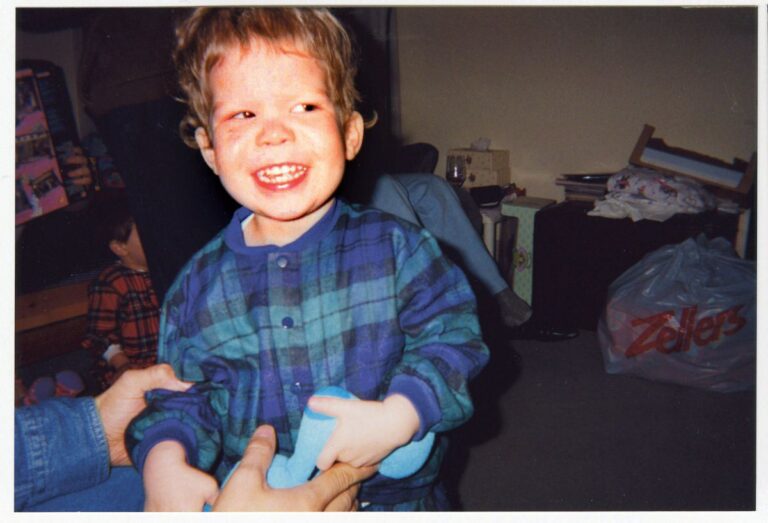
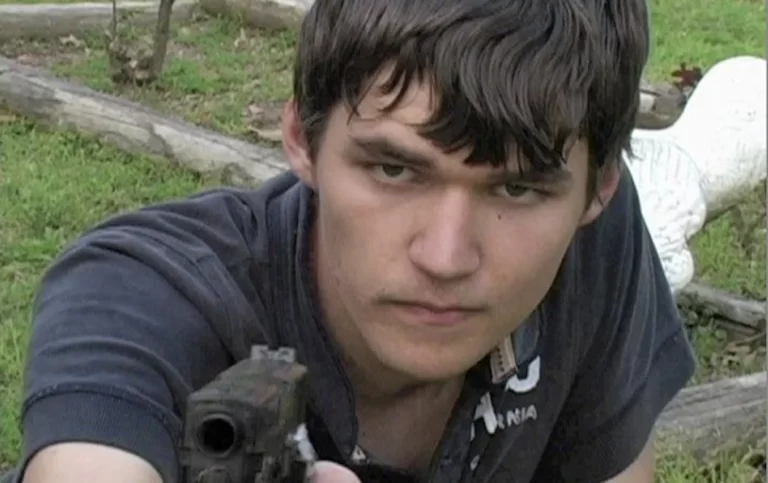
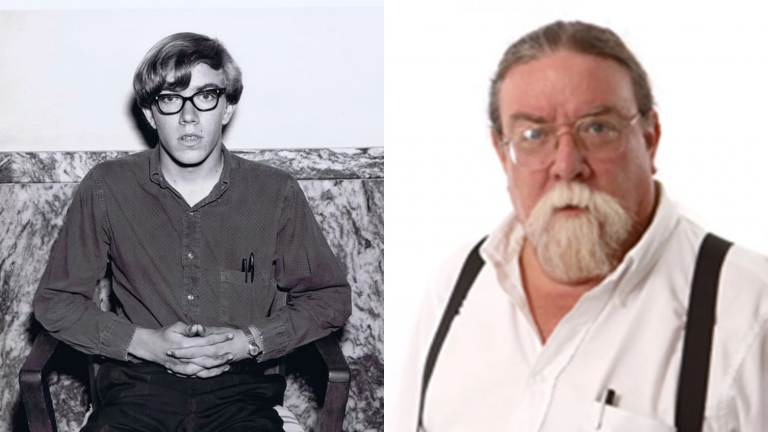
Comments:
A grim and difficult story to read, but excellently written.
Sorry I disagree. Firstly its winter in June in Australia. And how could Police compare Sherees abduction to Karmein Chan when she wasnt abducted until 93.
I’ve edited to remove “summer”. I completely forgot it was winter in June in Australia. However, Karmein Chan was abducted on 13 April, 1991.
Their are definitely a few Errors but I do agree EXTREMELY HARD to Read but was well written. The Book The Murder Of Sheree Beasley by Wayne Miller Was My Mother’s book. I Also Don’t understand Why Publisher’s like this Don’t even Have the Decency to Actually Speak to Sheree Beasley’s be for Public publishing the Most TRAGIC LOSS of My Sister Over The Internet For the Whole World to Read All over Again On the 27TH OF FEBRUARY 2023, It’s 3:45am here in Melbourne Saturday 10th of June 2023 I can’t sleep Because I always thinking and Deeply Missing… Read more »
Horrific story. May he rot and suffer until the end of time. In 1990, at age 7, my mum sent me to get milk at the corner shop. While in the shop a man kept staring at me and saying “alright mate?“ Upon leaving the shop, he approached me and asked me if I wanted a lift home (He had a bicycle with him). I said no thank you. He then took ahold of me and lifted me into the air and out me back down again. I froze with fear. He asked me for my address. I told him… Read more »
Horrific story. May he rot and suffer until the end of time. In 1990, at age 7, my mum sent me to get milk at the corner shop. While in the shop a man kept staring at me and saying “alright mate?“ Upon leaving the shop, he approached me and asked me if I wanted a lift home (He had a bicycle with him). I said no thank you. He then took ahold of me and lifted me into the air and put me back down again. I froze with fear. He asked me for my address. I told him… Read more »
Horrific story. May he rot and suffer until the end of time. In 1990, at age 7, my mum sent me to get milk at the corner shop. While in the shop a man kept staring at me and saying “alright mate?“ Upon leaving the shop, he approached me and asked me if I wanted a lift home (He had a bicycle with him). I said no thank you. He then took ahold of me and lifted me into the air and put me back down again. I froze with fear. He asked me for my address. I told him… Read more »
Error to correct “two men filed paternity suits claiming they were her daughter”.
Terribly sad story.
It can’t have been a warm Summer afternoon in Victoria in June. Australia is in the Southern Hemisphere. In June it is Winter here.